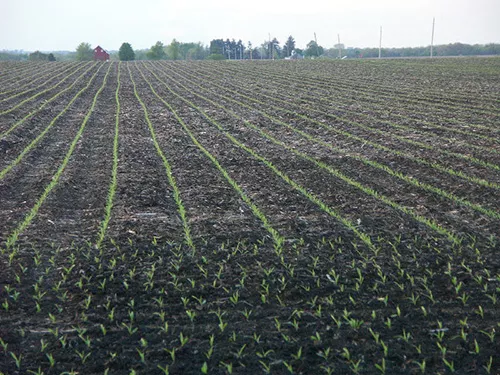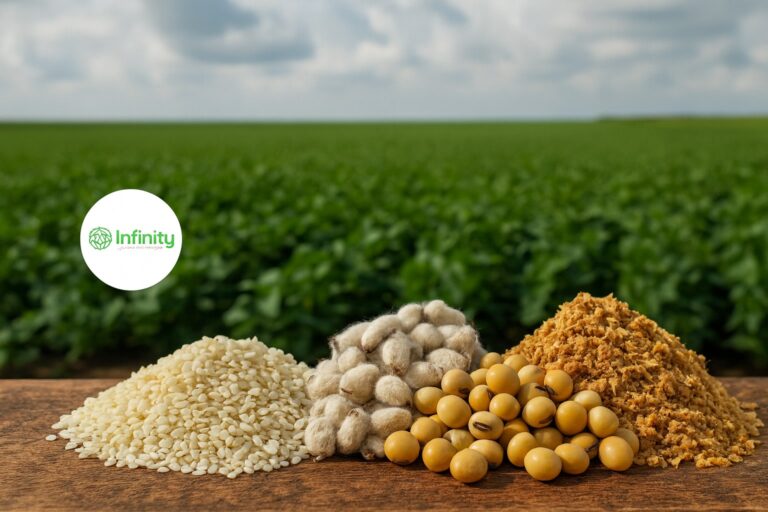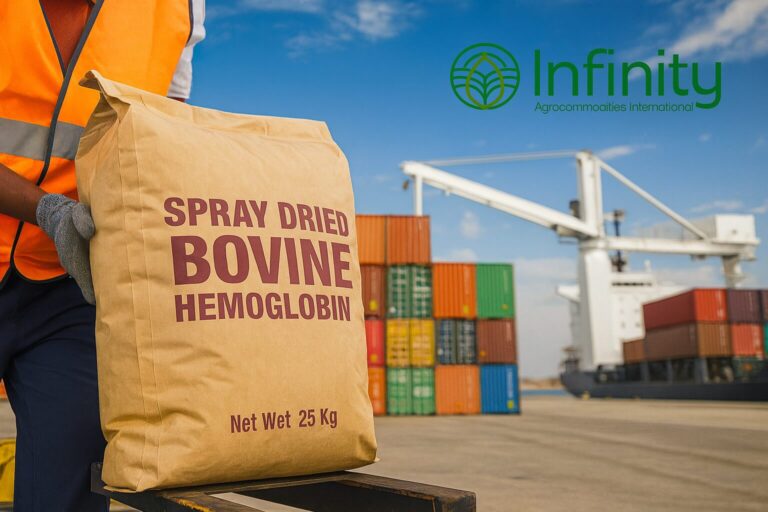New — and old — research from University of Illinois weed scientists shows metribuzin can help control 90% of waterhemp up to six weeks after planting.
What’s a bigger mess than waterhemp in Midwestern soybean fields?
As the weed has developed resistance to herbicides from certain herbicide classes, farmers have lost their frontline defenses. Residual control with PPO herbicides has dropped from six weeks to about three weeks.
That got University of Illinois weed scientist Aaron Hager thinking. And then he pulled out some mid-1990s trial data.
“We had things like sulfentrazone, the Authority product, in that trial, and at either of two rates, we were still over 90% control of waterhemp six weeks after planting,” he says. But that was still a “sensitive population” — not yet resistant. Used on a resistant population, you get about three weeks of residual control.
So, Hager thought about that. He thought about how if there’s a good thing about triazine resistance in waterhemp, it’s that the resistance is metabolism-based.
Then he decided that was an advantage to exploit: Even though symmetrical triazines like Atrazine and Princep are not effective, asymmetrical triazines like metribuzin (the most common) are still effective for controlling waterhemp in soybeans.
Hager launched an experiment at a location with resistant waterhemp with 16 rates of a 75DF metribuzin product called Tricor, from UPL. He started at 1 ounce and went up in 1-ounce increments to 16 ounces.
“In every year we’ve done that experiment, once we get to a 10-ounce rate, we’re achieving 90% control at six weeks,” Hager says.
His takeaway? Metribuzin has some real utility in soybeans to control the amaranth family of weeds, particularly waterhemp — especially with widespread resistance to so many other chemistries that now only provide shorter residual timelines.
Hager offers a few cautions like high soil pH, and says you’ll still need tank-mix partners or other premixes that have effective control for some of the other weeds you deal with.
Here’s what to remember about using metribuzin to control waterhemp in soybeans:
-
Don’t use metribuzin on high pH soils.
-
Watch organic matter.
-
Get application rates correct.
-
Don’t use metribuzin as a standalone herbicide.
“We have to be cognizant of these things, but metribuzin is still an active ingredient that we think we still have a lot of utility around, if we get the rates correct,” Hager concludes.
Source: https://www.farmprogress.com/soybean/metribuzin-the-new-residual-champion-for-waterhemp-





